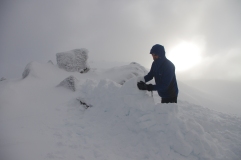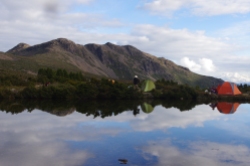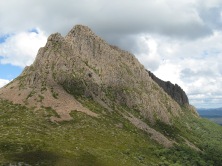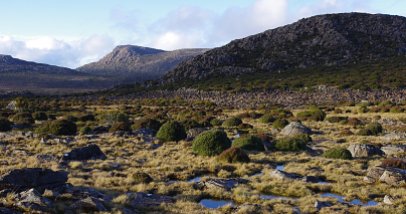We know that there is growing pressure to increase our fleet of large firebombers. There are Large Air Tankers (LATs) and ‘Type 1’ helicopters which can carry large loads of water/ retardant and which can have a big impact in terms of slowing fires so ground crews can then fight them.
Australia generally needs 6 or 7 LATs in an average summer, and only two of these are located here year round (and only one is actually owned locally, by the NSW Rural Fire Service). The others are leased in from the northern hemisphere for the fire season. As climate change causes fire seasons to become longer in both hemispheres, relying on leasing them becomes a riskier and more expensive proposition.
That has led to proposals to buy our own national fleet of LATs. This was recommended by the Bushfire Royal Commission into the 2019/20 Black Summer. The Commission recommended ‘The development of a modest Australian-based and registered national fleet of VLAT/LAT [Very large Airtanker/Large Air Tanker] aircraft and Type-1 helicopters, jointly funded by the Australian, state and territory governments, will enhance Australia’s bushfire resilience’.
It has also prompted conversations about whether we can repurpose aircraft that are already owned by the Australian Defence Force that are nearing the end of their military working life which could be re-purposed to become firebombers (there are some notes here about converting Lockheed Orion planes from the RAAF into firefighting aircraft, with a variety of views about the viability of this proposal).
Even in North America (where we lease our LATs from) there is increasing competition between agencies and states to access large firefighting aircraft. In an announcement (published by Hotshot Wake Up, a podcast that covers all things fire based in the USA) it has been noted that California has acquired 7 publicly owned C-130 planes, which are being transferred from the Coast Guard and which will be retrofitted to be able to be used to fight fires. The announcement states that they will also be used for ‘search and rescue, and emergency operations related to wildfires’.
Surely this is an indicator of options the Australian government could be pursuing here to build the number of publicly owned large air tankers.
Continue reading “California acquires 7 large firefighting planes – could Australia use this model?” →



































































Recent Comments